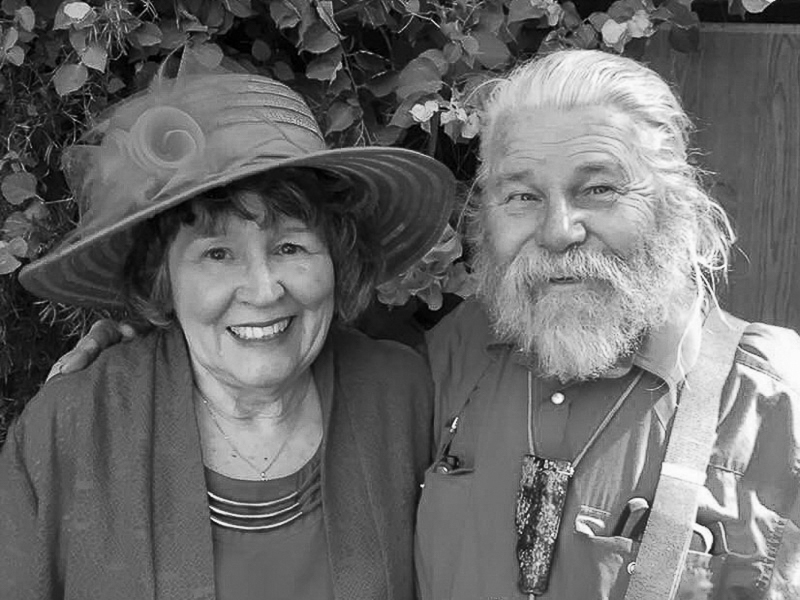
Mammoth Imbecility
Words for “ELEPHANT” are similar across EURASIA (categorically starting with a dental s-z & ending in nasal n-ŋ.)
(Keep in mind that S, Z, K, G, CH are interchangeable as in Caesar, Kaiser, TZar, Císař, and Know & Gnostic, and Znat in Slavic languages. S and CH are interchangeable as in “CHinese is a Sino-Tibetan Language”)
| #1. | Sámi | SLONN (of Lapland) |
| #2. | Latvian | ZILONIS |
| #3. | Sorbian | SLON & Słon |
| #4. | Czech | SLON |
| #5. | Polish | SŁOŃ |
| #6. | Slovak | SLOŃ |
| #7. | Kalderaš | woroSLANO or SLONO |
| #8. | Roma | SLONO |
| #9. | Ukrainian | слон – Female = слониха |
| #10. | Belarusian | слон – Female = сланіха |
| #11. | Russian | слон – Female = слониха (SLONIKHA) |
| #12. | Amerindian | Mythological Elephantine Ogress |
| #13. | TSONOQUA, DZUNNUKWA, DZOO-NOO-QUA | |
| #14. | DZOONOKWA, TSUNOKWA | |
| #15. | DZONOKWA etc… as a Russified – tслониsquaw? (Sloní Squaw) | |
| See also STIFF-LEGGED BEAR. | ||
| #16. | Slovenian | SLON |
| #17. | Croatian | SLON |
| #18. | Bosnian | SLON |
| #19. | Serbian | слон |
| #20. | Macedonian | слон |
| #21. | Bulgarian | слон |
| #22. | Tocharian A | onKALAM |
| #23. | Tocharian B | onKOLMO may be from Slavic word for elephant TUSK = KEL or OKEL |
| #24. | Tibetan | GLAN |
| #25. | Mongolian | ZAAN |
| #26. | Chinese | sδaŋ (SIANg) |
| #27. | South China | sδoŋ (SIONg) |
| #28. | Thai | Čaŋ (CHANg) |
| #29. | Laotian | Saŋ (SANg) |
| #30. | Japanese | ZO (or ZOsan) |
| #31. | Cambodian | word for “elephant” is DAMbRI |
| #32. | Lithuanian | word for “elephant” is DRAMBLYS |
| #33. | Korean | word for “ivory” is SANG-A |
| #34. | Finnish | word for “ivory” is norSUNLuu |
| #35. | Amharic-Ethiopian | word for “elephant” is ZehONa (ዝሆን) (Horn of Africa) |
| #36. | Hebrew | SILONI or SILONIT describe elephant-like Fourth Plague upon Egypt |
Jewish commentary on the story of the Plagues of Egypt (http://www.headcoverings-by-devorah.com/VaEraMeamLoez.html)
Apparently the fourth plague, which is usually described as a plague of insects, is considered by some Jewish scholars instead to have been an assortment of wild beasts, including the ‘silonit’ or ‘sironit’…
“When the Mitzrayim [Egyptians] saw the animals coming, they bolted their windows and tried to seal their houses to prevent the animals from attacking. But huge octopuses and giant squids miraculously came up from the depths of the sea and crawled over the houses, tearing off their roofs with their huge tentacles. They would reach into the houses with their tentacles, pulling out the screaming Mitzrayim and causing great destruction. (Sefer HaYasher. Also see Midrash Vayosha, in Bet HaMidrash, vol. 1, p. 50. The creature mentioned is the silonit or siloni. This seems to come from the word silon, a pipe, hence indicating a pipe-like or tentacled creature, i.e., a squid or octopus. Many authorities, however identify the silonit with the mermaid or siren; see Sifri, Yalkut Shimoni (357) on VaYikra 11:10; Raavad 3:7, Malbim 80, ad. loc. Arukh, s.v. sironi and Raavad, loc. cit., actually read sironit rather than silonit, clearly derived from the Greek “siren”. Also see Rashi, Bekhorot 8a, top, s.v. beney yama)”
Jewish mythological SILONI & SILONIT of the 4th Plague of Egypt
TSONOQUA of North America
Throughout the World there are many myths about Elephant-like Ogres and Ogresses. Often these giants have a proboscis or sucking features to suck life out of humans, and often they have only ONE eye. Among them are #31. Slavic- SŁANTOVÍT, #32. Scandinavian – STALLO, Classical – CYCLOPS, #33. Australian – PAPINIJUWARI, #34. Amerindian – STIFF LEGGED BEAR.
References:
This paper is based on the travels and field notes of Petr Jandáček, 127 La Senda Rd, LOS ALAMOS, NM, 87544, USA. It is an original conceptualization and does not rely much on bibliography.
Less complete research on this subject was published in
- KORENINE SLOVENSKEGA NARODA.ZBORNIK dvanajste mednarodne konference IZVOR EVROPEJCEV (edited by Duša Krnel Umek)
Ljubljana,5. junija 2014 ISBN 978-961-6746-81-6 Založništvo Jutro
pp 109 – 118 “SLON” IN THE LANGUAGE OF MAMMOTH HUNTERS
“SLON” V JEZIKU LOVCEV NA MAMUTE
Petr Jandáček - Proceedings of the Academy of DNA Genealogy, 2013 ISSN 1942-7484
(edited by Anatole Klyosov) Volume 6 No. 11 Boston-Moscow-Tsukuba
pp 1884 – 1888 “Slon” in the language of mammoth hunters. Root-words for elephant
Petr Jandáček - Proceedings of the Academy of DNA Genealogy, 2013 ISSN 1942-7484
(edited by Anatole Klyosov) Volume 6 No. 11 Boston-Moscow-Tsukuba
pp 1889 – 1897 SLON in the minds if Gravettien/Pavlovian/Kostienkian and other Mammoth Hunters
Petr Jandáček
Petr has had only limited success in sharing his passion for lexicon re: Elephants and Mammoths. If you can share his findings with experts it would please him.
p.jandacek@gmail.com
www.jandacek.com
Elephants including mammoths have a large opening in the skull which suggests that it contained a SINGLE EYE of CYCLOPS — and the OMNISCIENT EYE of PROVIDENCE.
(505) 672-9562
Petr Jandacek
Louise Jandacek
Mailing Address
127 La Senda Road
Los Alamos, New Mexico
USA
87544


